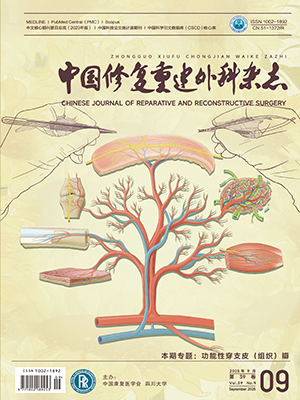In order to study the Titanium-bone interaction and integration mechanism, the titanium implant was implanted in the tibia of 9 Newzealand rabbits, and the Ti-bone interface performed for 1, 3, and 6 months were examined and analyzed by fluorescence microscope and advanced TOF-SIMS techniques. The results showed that Ti-bone tissue was integrated closely in a very reactive manner. Both physical and chemical integration occurred in the Ti-bone interface. The Ti-bone could diffuse into the bone tissue though the diffusion was very limited. It was up to 100 microns in depth during the early period. The diffusion density was high, and later in a smooth distribution. Furthermore, while Ti+ diffused into the bone tissue, other elements such as Ca+, OH-, O-, etc, could also diffuse into titanium in exchange. The growth pattern around the bone tissue was in two fashions, one was implantefugal and the other was implantopetal. In this study, based on the ionic distribution, osmosis and impurity elements distribution, the Ti-bone integration mechanism was discussed at molecular and atomic level.
Citation: Zou Lijian,Zhang Disheng,Wang Wei et al.. ANALYSIS OF PURE TITANIUM IMPLANTS BONE INTERFACE BY TOF SIMS. Chinese Journal of Reparative and Reconstructive Surgery, 1997, 11(6): 372-375. doi: Copy
Copyright © the editorial department of Chinese Journal of Reparative and Reconstructive Surgery of West China Medical Publisher. All rights reserved




